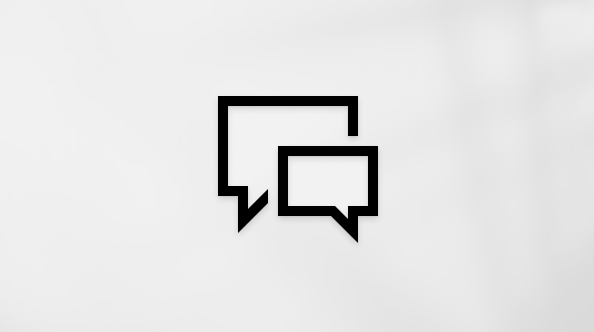Use Surface Dock
Applies To
Surface Devices SurfaceThe Surface Dock is designed so you can switch quickly from your Surface on the go to using it as a full desktop PC. If you have an older docking station, see Use Surface docking stations for Surface Pro 3 and earlier models.
Get to know your Surface Dock
Use the Surface Dock to connect your Surface to full-size monitors, an ethernet connection, external speakers, and more. It also charges your Surface. If you're not sure which dock you have, go to Identify your Surface Dock and features.
Ports
Get to know the ports on your Surface Dock.
|
Power jack |
The power jack connects your dock to its power supply. |
|
USB-C Port (on Surface Dock 2 and Surface Thunderbolt 4™ Dock) |
Use this port to connect USB-C accessories. The USB-C ports on Surface Dock 2 and Surface Thunderbolt™ 4 Dock can be connected to an external monitor. Depending on your monitor's video output ports, you may need a display adapter (sold separately). Note: Surface Thunderbolt™ 4 Dock works best with devices that are Thunderbolt™ 4 compatible. For more info on supported resolutions, see Maximum display refresh and resolutions possible with Surface Dock. |
|
Mini DisplayPort (on Surface Dock) |
Use this port to connect to your external monitor. Depending on your monitor's video output ports, you may need a display adapter (sold separately). |
|
USB ports |
Transfer large files to an external drive, connect a USB printer or headset, charge accessories, and more. |
|
Audio port |
Connect your favorite audio accessories, such as wired speakers or headphones, to your dock’s 3.5mm audio port. |
|
Ethernet port |
When you need the reliability and speed of a wired network connection, connect your Surface to a wired network using the ethernet port. |
Set up your Surface Dock
After you've unpacked your dock, put it where you want on your desk and leave out any necessary cords or cables to get to them easily. Now you're ready to set it up.
Set up your workspace and plug in
-
Plug the AC end of the dock power cord into a power source, then plug the other end into the power jack on the dock.
-
If you want to use a wired network connection, connect a network cable to the Ethernet port.
-
Connect your USB computer peripherals to the USB ports.
-
Connect a video cable from your monitor to the Mini DisplayPort on your Surface Dock. If you have Surface Dock 2 or Surface Thunderbolt™ 4 Dock, connect the video cable to the USB-C port on the back. If your monitor cable doesn't have either of these connectors, you'll need to buy another cable or an adapter. For more info on adapters, go to Connect Surface to a TV, monitor, or projector.
-
Connect any audio accessories, such as wired speakers or headphones. Without external speakers, you may not hear audio when you're using your Surface. To learn how to switch to the built-in speakers on your Surface, go to Troubleshoot Surface Dock and docking stations.
Connect your Surface to your dock
After you've set up your workspace:
-
If you have a Surface Dock or Surface Dock 2, connect the Surface Connect cable on the dock to your Surface.
-
If you have a Surface Thunderbolt™ 4 Dock, if your host device supports USB4®/Thunderbolt™ 4, connect the cable from the dock to the USB4®/Thunderbolt™ 4 port on your host device. Otherwise connect the cable from the dock to any USB-C port on your host device.
Your device will charge and automatically connect to the accessories and peripherals connected to the Dock.
Set up your monitor
After you’ve connected your Surface and your external monitor to the dock, you can choose what to display on each screen. Here’s how:
-
Go to Start > Settings > System > Display .
-
Expand Extend desktop to this display and choose one of the following options:
-
Duplicate desktop on 1 and 2. Your screen appears on two screens.
Note: You may see additional options as well, like Duplicate desktop on 1 and 3.
-
Extend desktop to this display. Your screen is spread over two screens, and you can drag items between the two screens.
-
Show only on __. Your screen appears on the selected screen, and the other screen is blank.
-
Note: To learn more about how to set up your monitor, go to Connect Surface to a TV, monitor, or projector.
Set up your audio
After you’ve connected your Surface and audio devices to the dock, if multiple audio devices are available you can choose your input and output preferences. Here’s how:
-
Go to Start > Settings > System > Sound .
-
Under Output, choose your output device.
-
Under Input, choose your input device.
Note: To learn more about setting up sound on your Surface, go to Surface sound, volume, and audio accessories.
Get the latest Surface and Windows updates
To make sure your Surface is working properly, get the latest updates. For more info, see Install Surface and Windows updates. When updating, make sure your Surface is connected to your Surface Dock and is getting power.
For more info on updating your Surface Dock, go to Update your Surface Dock.











